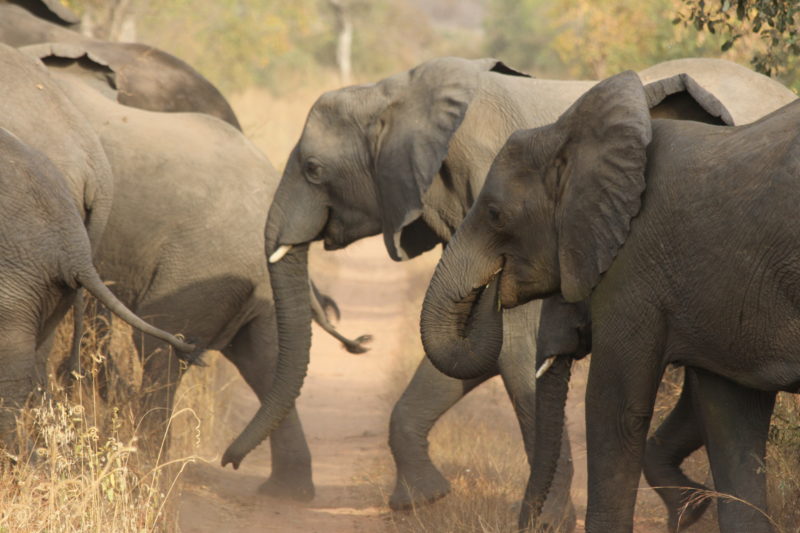As the World Elephant Day is observed on Friday, 12 August 2016, the Tanzanian government has been asked to protect its largest game reserve and the wild species that call it home – including elephants.

Director General of the World Wildlife Fund (WWF) International, Marco Lambertini, in a correspondence with Sara Thomas, the WWF Online Advocacy Manager, reflects upon his recent trip to the Selous Game Reserve in Tanzania, where he saw the effects of elephant poaching and wildlife crime firsthand.
He reminisces on a trip he took to the same site some 30 years ago – how much of the landscape has changed since, but how the problem of ivory poaching has not – and how the world must urgently take action to protect the future of elephants and other wild species in Selous.
“Let’s bring elephants back to the many empty ‘Selous of Africa’,” Lambertini says, as he seeks for people to join the 55,000 other WWF supporters who have already signed the petition to help protect the future elephants in Selous.
His letter reads thus:
In 1986 I boarded a flight to Tanzania and Botswana to write an article about the elephant crisis for the the Italian equivalent of National Geographic. Yes, we have been here before. In the 80’s we lived through the first dramatic post-colonial wave of elephant poaching. The demand back then was driven by different countries, but the target was the same, ivory.
In 1989, when the international ivory ban was introduced, and was combined with stronger on-the-ground efforts and demand-reduction campaigns, the African elephant population recovered rapidly. Today we see a new crisis. History is repeating itself and we should learn from it.
Last month, after a gap of 30 years, I visited two of the same sites in Tanzania and Botswana. As I flew in on a small single-engine plane, I was overwhelmed by the majestic view.
The vast green expanse and extensive wetlands, cut through by the muddy enchanted snake-shaped Rufiji river. But on the ground I encountered a different, sad story. The place felt empty. The large African wildlife was scarce and even the most common species like impalas and warthogs were extremely shy. In three days, we only saw one single shy elephant. However, the biggest shock was the change in the habitat. Trees and shrubs now encroach on the open spaces that, as I remember, teemed with wildebeest, zebras and impalas. When the ‘Architects of the Savannah’ are gone, the landscape changes and the impact on another grassland species is inevitable.
This is the Selous, the largest game reserve in Africa, at over five million hectares. 90 per cent of its elephants have been lost to poaching – an average of almost 2,500 per year since 1976. Thankfully, there is hope, which resides with the new Tanzanian Government. The Government has shown gritted determination to pursue and prosecute ivory trade kingpins. This resolve, if it continues, will make a difference.
We have done it before. We can do it again. Let’s bring elephants back to the many empty “Selous of Africa.” How exciting.
